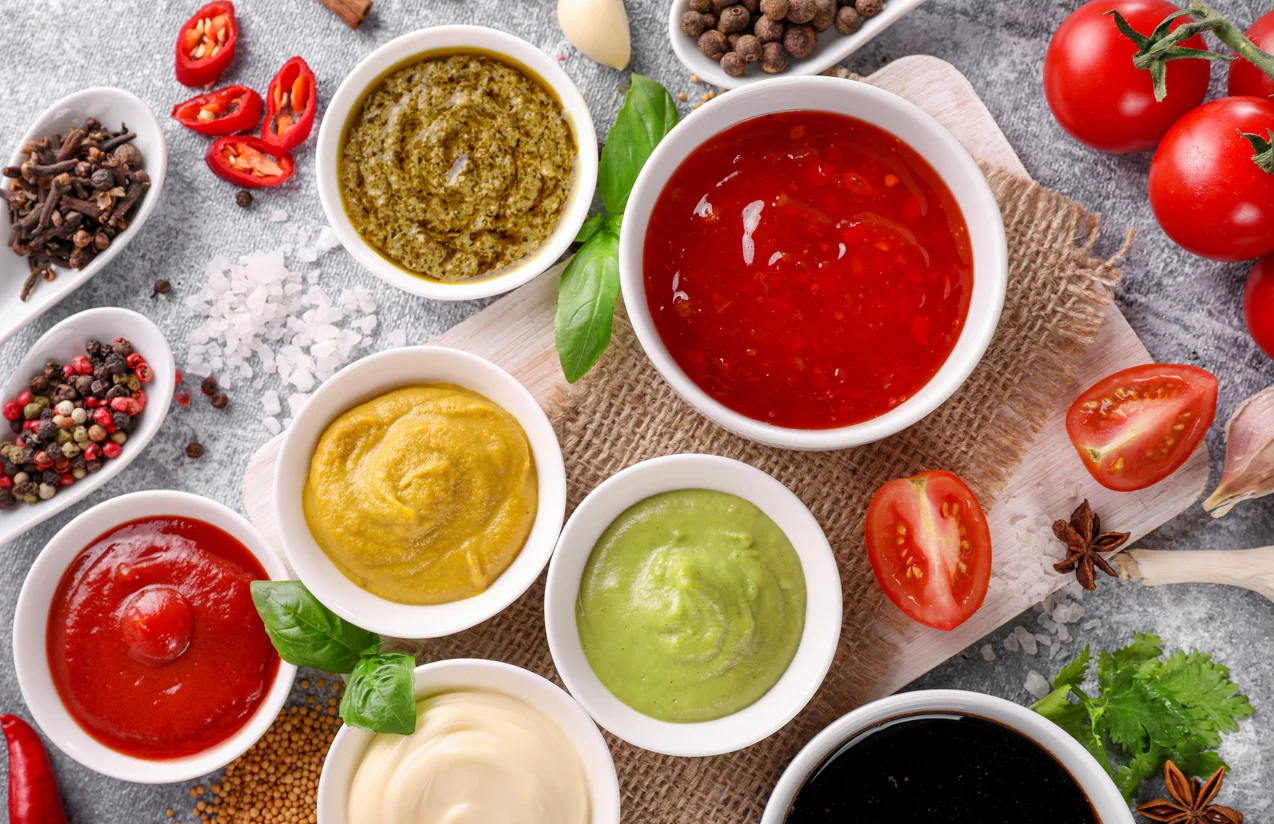
Explore Homemade Sauces: Fresh, Flavorful, and Healthy: Complete Guide
What's in This Article
Homemade sauces are a culinary delight that can transform any dish from ordinary to extraordinary. Whether you're crafting a simple pasta dish or a decadent dessert, the right sauce can elevate flavors, add depth, and provide a personal touch that store-bought options simply can't match. By making sauces at home, you not only have the freedom to experiment with flavors and ingredients but also ensure that your meals are free from unnecessary preservatives and additives. This comprehensive guide will explore the world of homemade sauces, focusing on pasta sauces, dessert sauces, salad dressings, and more. We'll delve into the benefits of making sauces from scratch, provide detailed recipes, and offer tips for customizing sauces to suit your taste. Let's embark on this flavorful journey and discover how homemade sauces can enhance your culinary repertoire.
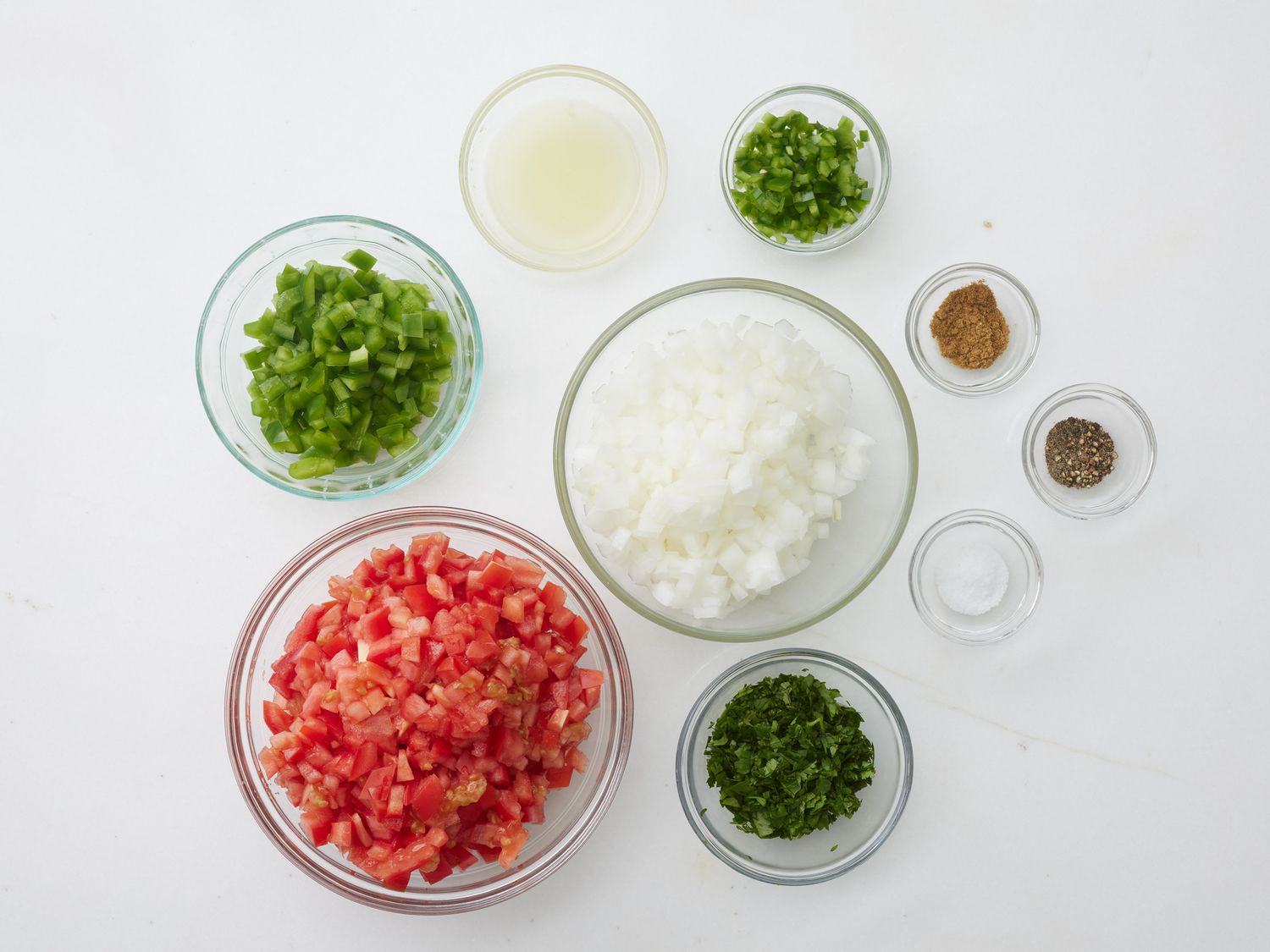
The foundation of any great homemade sauce starts with fresh ingredients, allowing you to craft flavors that are vibrant and personalized.
Pasta Sauces: Elevating Your Pasta Dishes
Pasta sauces are a staple in many households, offering a versatile base for a variety of dishes. From the classic marinara to the rich and creamy Alfredo, homemade pasta sauces allow you to control the quality and flavor of your meals. In this section, we'll explore some popular pasta sauces and how you can make them from scratch.
Marinara Sauce: A Classic Favorite
Marinara sauce is a simple yet flavorful tomato-based sauce that pairs perfectly with pasta. Made with fresh tomatoes, garlic, onions, and herbs, this sauce is a must-have in any kitchen. The beauty of marinara lies in its simplicity, allowing the natural flavors of the ingredients to shine through. For a low-sodium version, consider the Pizza Marinara Sauce from The Oregon Dietitian, which uses fewer than 10 ingredients and minimal prep time.
Pesto Sauce: A Burst of Freshness
Pesto sauce is a vibrant green sauce made from fresh basil, garlic, pine nuts, Parmesan cheese, and olive oil. This sauce is perfect for adding a burst of freshness to your pasta dishes. The key to a great pesto is using high-quality ingredients and balancing the flavors to suit your taste. Pesto can be customized by substituting different nuts or cheeses, or by adding ingredients like sun-dried tomatoes for a unique twist.
Alfredo Sauce: Creamy and Indulgent
Alfredo sauce is a rich and creamy sauce made from butter, heavy cream, and Parmesan cheese. It's a decadent addition to pasta dishes, providing a luxurious texture and flavor. For a lighter version, you can substitute some of the cream with milk or use a combination of cream and chicken broth. Pair your Alfredo sauce with fettuccine for a classic dish or try it with other pasta shapes for variety.

A classic marinara sauce can elevate a simple pasta dish, highlighting the natural sweetness of ripe tomatoes.
Dessert Sauces: Sweet Indulgence
Dessert sauces are the perfect finishing touch for sweets, adding richness and flavor to cakes, ice creams, and more. Whether you prefer chocolate, caramel, or fruit-based sauces, making them at home ensures that you can tailor the sweetness and consistency to your liking.
Chocolate Sauce: A Decadent Delight
Chocolate sauce is a versatile dessert topping that can be drizzled over ice cream, cakes, or fruit. Made with cocoa powder, sugar, and cream, this sauce is rich and indulgent. For a deeper chocolate flavor, consider using dark chocolate or adding a splash of espresso. Homemade chocolate sauce can be stored in the refrigerator and reheated as needed, making it a convenient option for dessert lovers.
Caramel Sauce: Sweet and Buttery
Caramel sauce is a sweet and buttery sauce made by caramelizing sugar and adding cream and butter. This sauce is perfect for topping ice cream, pancakes, or apple pie. The key to a successful caramel sauce is patience, as the sugar needs to be cooked slowly to achieve the perfect golden color and flavor. For a salted caramel version, simply add a pinch of sea salt to the finished sauce.
Fruit Sauces: Fresh and Fruity
Fruit sauces are a fresh and fruity addition to desserts, offering a natural sweetness and vibrant color. Whether you're making a berry compote or a citrus glaze, fruit sauces can be customized with your favorite fruits and spices. These sauces are perfect for topping cheesecakes, pancakes, or yogurt, and can be made with fresh or frozen fruits for convenience.
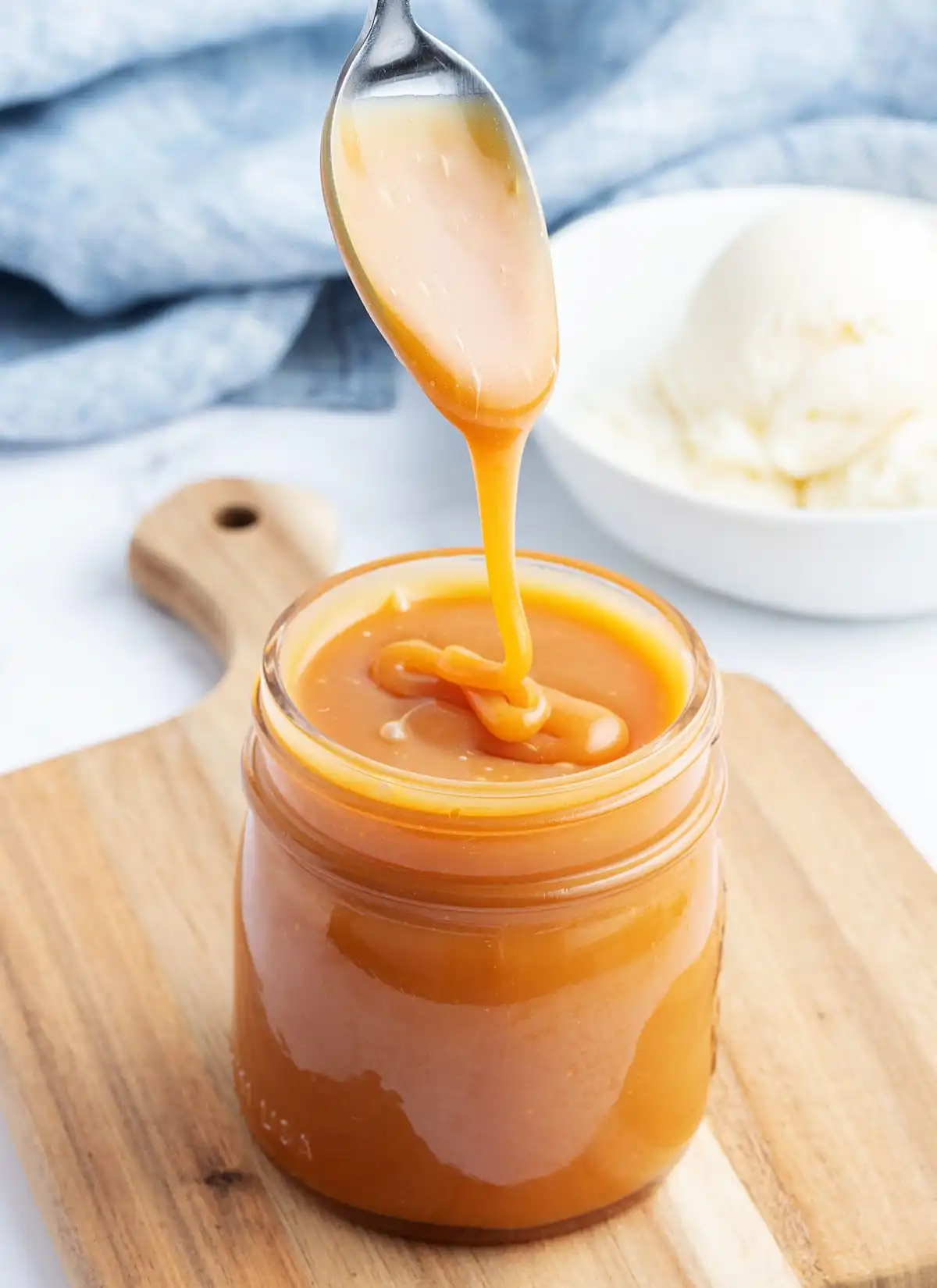
Dessert sauces like chocolate and caramel bring a touch of luxury and indulgence to any sweet treat.
Salad Dressings: Fresh and Flavorful
Salad dressings are an essential component of any salad, providing flavor and moisture to the greens and other ingredients. By making your own dressings, you can avoid the preservatives and additives found in store-bought options and tailor the flavors to your liking.
Vinaigrettes: Light and Tangy
Vinaigrettes are a light and tangy dressing made from oil and vinegar, often enhanced with herbs, mustard, or honey. The classic ratio for a vinaigrette is three parts oil to one part vinegar, but this can be adjusted to suit your taste. Experiment with different types of vinegar, such as balsamic or apple cider, and add fresh herbs or spices for a unique twist.
Creamy Dressings: Rich and Velvety
Creamy dressings, such as ranch or Caesar, are rich and velvety, providing a luxurious coating for salads. These dressings are typically made with mayonnaise or yogurt, combined with herbs, garlic, and other flavorings. For a healthier version, consider using Greek yogurt as a base, which adds creaminess while reducing calories and fat.
Herb-Infused Dressings: Fresh and Aromatic
Herb-infused dressings are a fresh and aromatic option, perfect for enhancing the natural flavors of your salad ingredients. By infusing oil or vinegar with fresh herbs, you can create a dressing that is both flavorful and fragrant. Consider using herbs like basil, thyme, or rosemary, and pair them with complementary ingredients like lemon or garlic for a well-rounded flavor profile.
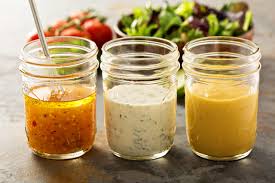
Homemade salad dressings enhance the natural flavors of fresh ingredients, making every bite a delight.
Customizing Sauces: Personalize Your Flavors
One of the greatest advantages of making sauces at home is the ability to customize them to your taste. Whether you prefer bold and spicy flavors or subtle and savory notes, homemade sauces can be adjusted to suit your preferences. Here are some tips for customizing your sauces:
Adjusting Seasonings: Balance and Harmony
Seasonings are key to achieving the perfect balance of flavors in your sauces. Start with a base recipe and adjust the salt, pepper, and other spices to your liking. Consider adding fresh herbs, garlic, or citrus zest for added depth and complexity. Taste as you go and make small adjustments until you achieve the desired flavor profile.
Experimenting with Ingredients: Creativity and Innovation
Don't be afraid to experiment with different ingredients to create unique and innovative sauces. Try substituting different types of cheese, nuts, or oils in your recipes, or add unexpected ingredients like roasted vegetables or fruit for a new twist. The possibilities are endless, and experimenting with ingredients can lead to exciting new flavor combinations.
Incorporating International Flavors: Global Inspiration
Incorporating international flavors into your sauces can add a global twist to your dishes. Consider using ingredients like soy sauce, ginger, or curry powder for an Asian-inspired sauce, or add spices like cumin, coriander, or paprika for a Middle Eastern flair. Drawing inspiration from different cuisines can open up a world of possibilities for your homemade sauces.
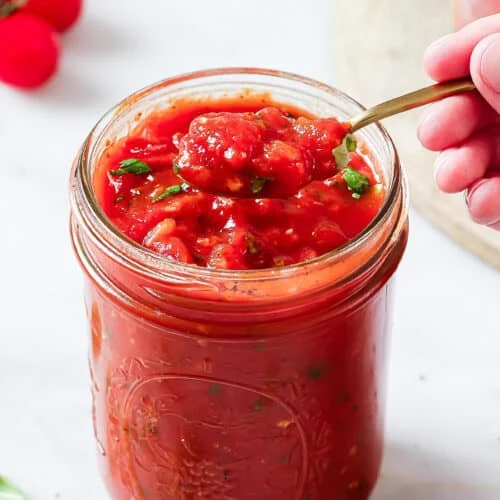
Customizing sauces allows you to tailor each recipe to your specific taste, whether you crave bold spice or subtle sweetness.
Conclusion: The Joy of Homemade Sauces
Homemade sauces offer a world of flavors and versatility, allowing you to customize dishes to your taste and create meals that are both delicious and healthy. By making sauces at home, you can avoid the preservatives and additives found in store-bought options, ensuring that your meals are made with fresh, high-quality ingredients. Whether you're crafting a simple creamy penne pasta with sun-dried tomatoes or a decadent dessert topped with chocolate sauce, homemade sauces can elevate your culinary creations to new heights.
In this guide, we've explored a variety of homemade sauces, from pasta sauces like marinara and pesto to dessert sauces like chocolate and caramel. We've also delved into the world of salad dressings, offering tips for creating fresh and flavorful vinaigrettes and creamy dressings. Finally, we've discussed the importance of customizing sauces to suit your taste, encouraging creativity and innovation in the kitchen.
As you embark on your journey of making homemade sauces, remember that the key to success is experimentation and personalization. Don't be afraid to try new ingredients, adjust seasonings, and draw inspiration from global cuisines. With a little practice and creativity, you'll be able to create sauces that are uniquely yours, adding depth and flavor to every dish.
Frequently Asked Questions
Making sauces at home offers several benefits, including the ability to control the quality and flavor of your meals. Homemade sauces are free from preservatives and additives, ensuring that you're using fresh, high-quality ingredients. Additionally, making sauces from scratch allows you to customize flavors to suit your taste, experiment with different ingredients, and create unique and innovative sauces that enhance your culinary creations.
A low-sodium marinara sauce can be made by using fresh tomatoes, garlic, onions, and herbs, and reducing or eliminating added salt. Consider using the Pizza Marinara Sauce recipe from The Oregon Dietitian, which uses fewer than 10 ingredients and minimal prep time. This recipe focuses on the natural flavors of the ingredients, allowing you to enjoy a delicious and healthy sauce without the excess sodium.
To make a creamy sauce without heavy cream, consider using alternatives like milk, Greek yogurt, or a combination of cream and chicken broth. These substitutes can provide a creamy texture while reducing calories and fat. Additionally, you can thicken the sauce with a roux made from butter and flour, or use cornstarch or arrowroot powder as a thickening agent. Experiment with different combinations to achieve the desired creaminess and flavor.
Customizing salad dressings is easy and allows you to tailor flavors to your liking. Start with a basic vinaigrette or creamy dressing recipe and adjust the oil-to-vinegar ratio, add fresh herbs, or incorporate spices for added depth. Consider using different types of vinegar, such as balsamic or apple cider, and experiment with ingredients like mustard, honey, or citrus zest for a unique twist. Taste as you go and make small adjustments until you achieve the desired flavor profile.
Incorporating international flavors into your sauces can add a global twist to your dishes. Popular ingredients include soy sauce, ginger, and sesame oil for Asian-inspired sauces, or spices like cumin, coriander, and paprika for Middle Eastern flavors. You can also experiment with ingredients like curry powder, coconut milk, or harissa for a unique and flavorful sauce. Drawing inspiration from different cuisines can open up a world of possibilities for your homemade sauces.
Common mistakes when making homemade sauces include overcooking or burning ingredients, not tasting and adjusting seasonings, and using low-quality ingredients. To avoid these pitfalls, be sure to monitor cooking times and temperatures, taste your sauce as you go, and use fresh, high-quality ingredients. Additionally, be mindful of the consistency of your sauce, and adjust with liquid or thickening agents as needed to achieve the desired texture.
Sources & References
- Low-Sodium Pizza Marinara Sauce - The Oregon Dietitian 2023-12-12T14:14:21+00:00
- Five Minute Tomato Sauce Recipe - 101 Cookbooks 2019-08-29T14:33:11+00:00
- The Best Easy Italian Seasoning Substitute | Chef Ani 2024-04-25T18:15:56+00:00